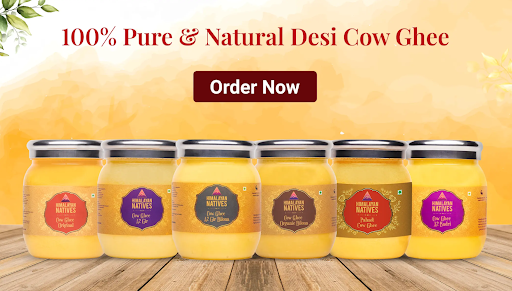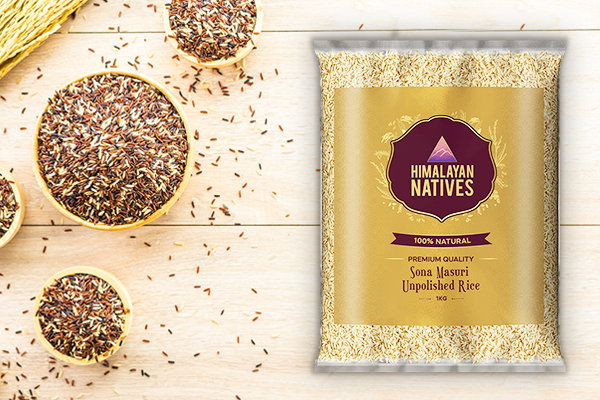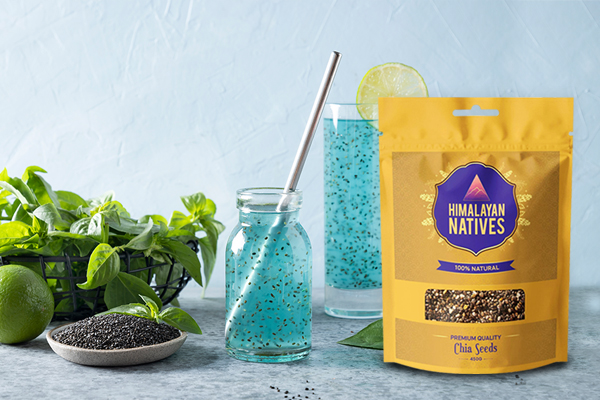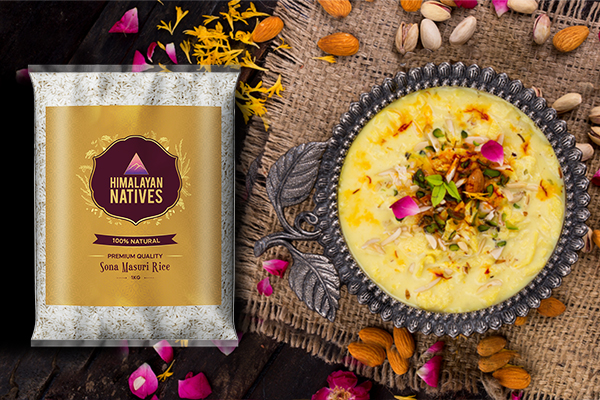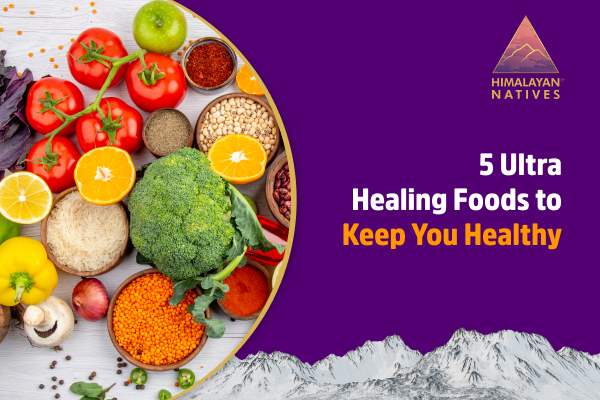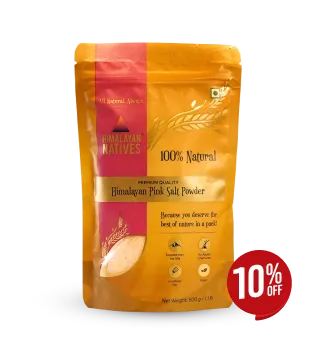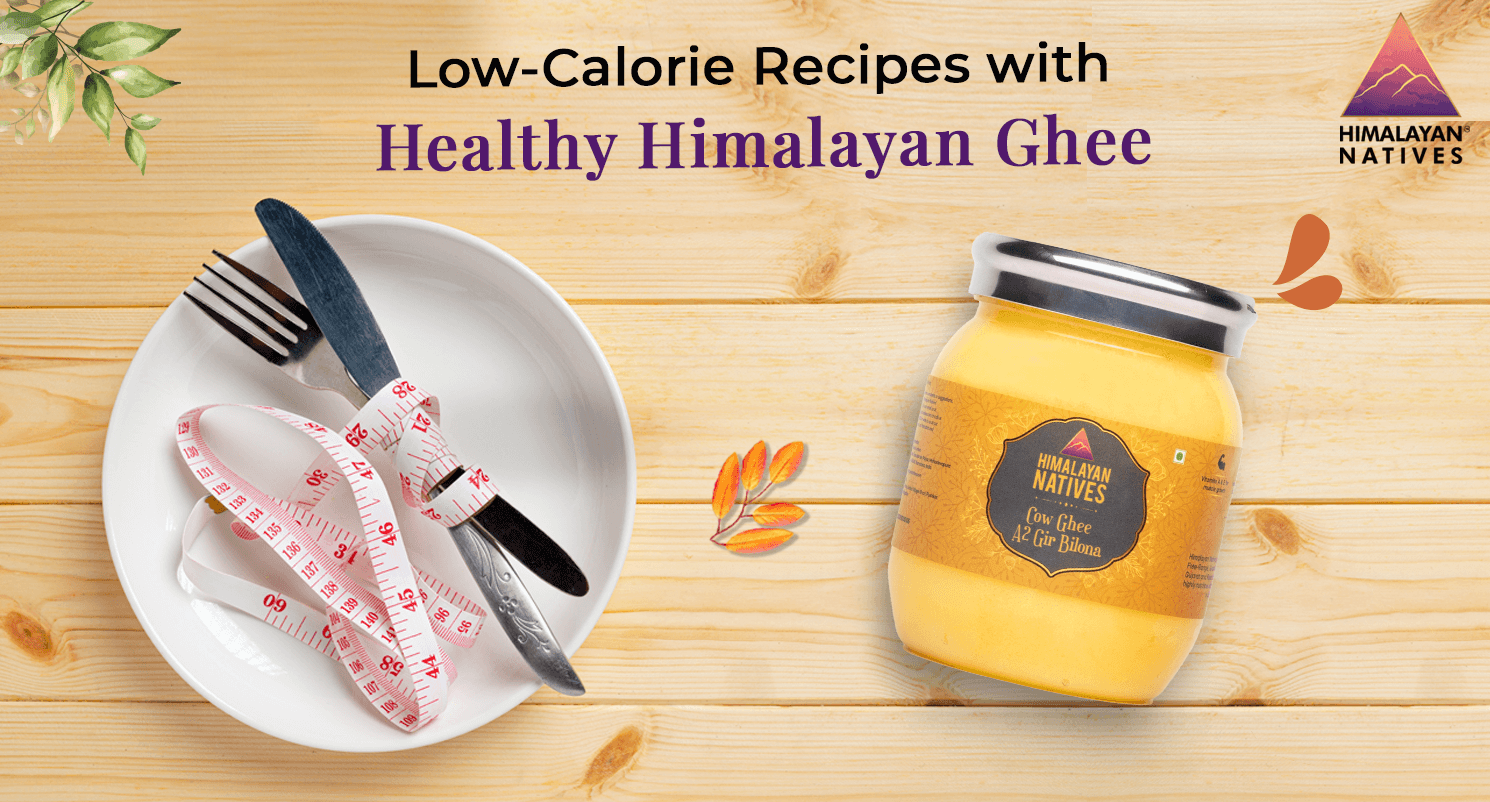
In the world of cooking, there's often a quest to find the perfect harmony between health-conscious choices and delightful flavors. Low-calorie recipes stand out as a tempting option for individuals who desire to savor delectable dishes while staying true to their health goals.
In this blog, we'll delve into the transformative power of incorporating healthy Himalayan ghee into three delightful Indian recipes. These recipes exemplify the art of crafting nutritious yet flavorful dishes.
Handcrafted by skilled artisans from the Himalayan region, these dishes are shining examples of how healthy food recipes can be both nourishing and utterly delicious.
Let's embark on a culinary journey to explore these mouthwatering creations that promise to tantalize your taste buds while keeping your health in check!
Why Is A2 Gir Cow Ghee Healthy?
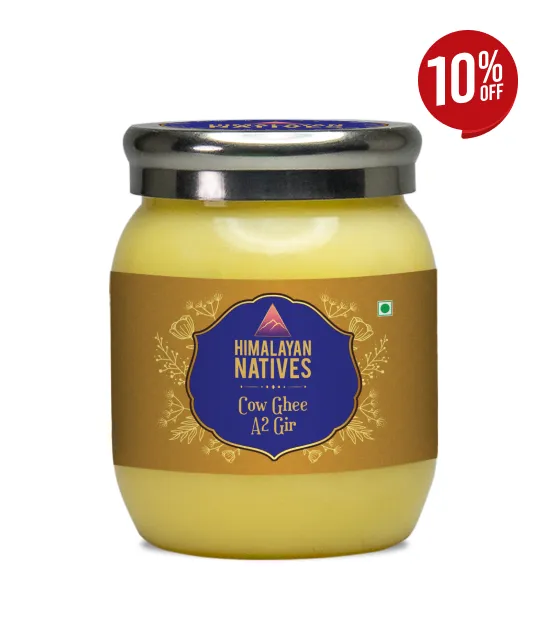
Nestled amidst the majestic Himalayan ranges, Himalayan natives farmer community meticulously churns out A2 Gir Cow Ghee, a nutritional powerhouse revered for its health benefits. Here's why this golden elixir stands out:
Rich in Nutrients: A2 Gir Cow Ghee is packed with essential vitamins and healthy fats, offering a boost of nutrition to any dish.
Promotes Digestive Health: With its high concentration of butyric acid, A2 Gir Cow Ghee aids in digestion and supports gut health, ensuring a happy tummy with every meal.
Ethically Sourced: Crafted by Himalayan natives farmer community, A2 Gir Cow Ghee is ethically sourced, ensuring sustainability and fair practices.
Recipe 1: Vegetable Quinoa Pulao
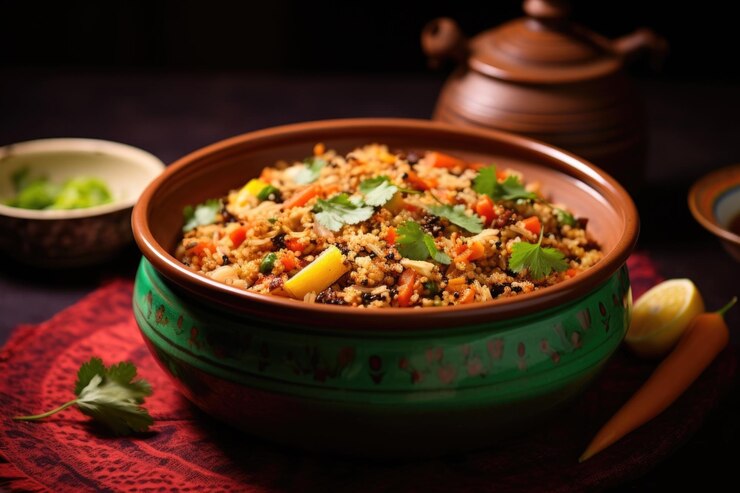
Ingredients:
1 cup quinoa
2 cups water
1 tbsp Himalayan ghee
1 onion, finely chopped
1 carrot, diced
1 capsicum, diced
1/2 cup green peas
2 cloves garlic, minced
1-inch ginger, grated
1 tsp cumin seeds
Salt to taste
Fresh coriander leaves for garnish
Instructions:
Rinse quinoa thoroughly under cold water. In a saucepan, bring water to a boil and add quinoa. Cover and cook for 15 minutes or until quinoa is tender and water is absorbed.
Heat Himalayan ghee in a pan. Add cumin seeds and let them splutter.
Add minced garlic and grated ginger. Sauté for a minute.
Add chopped onion and cook until translucent.
Add diced carrots, capsicum, and green peas. Sauté for 5-7 minutes.
Stir in cooked quinoa and mix well. Season with salt.
Garnish with fresh coriander leaves and serve hot.
Recipe 2: Paneer Tikka Masala
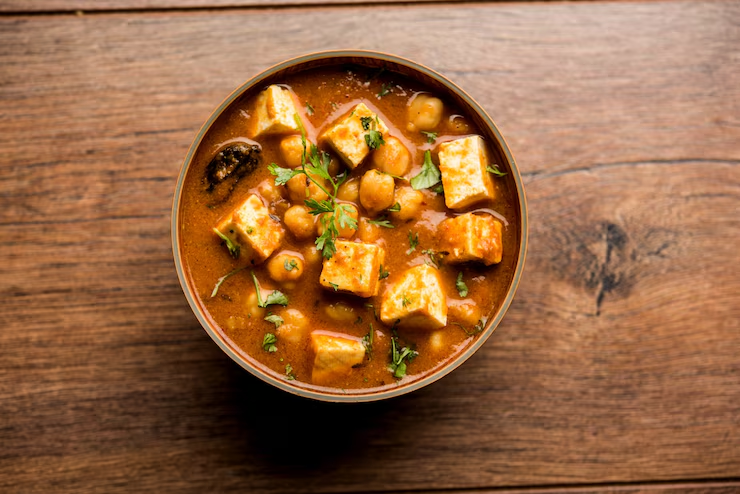
Ingredients:
200g paneer, cubed
1 onion, chopped
2 tomatoes, pureed
1/2 cup yogurt
1 tbsp Himalayan ghee
1 tsp ginger-garlic paste
1 tsp cumin powder
1 tsp coriander powder
1/2 tsp turmeric powder
1/2 tsp red chili powder
Salt to taste
Fresh coriander leaves for garnish
Instructions:
Heat Himalayan ghee in a pan. Add chopped onions and sauté until golden brown.
Add ginger-garlic paste and cook until the raw aroma disappears.
Stir in tomato puree and cook until oil separates.
Add cumin powder, coriander powder, turmeric powder, red chili powder, and salt. Mix well.
Add yogurt and cook for 2-3 minutes.
Add paneer cubes and simmer for 5-7 minutes.
Garnish with fresh coriander leaves and serve hot with roti or rice.
Recipe 3: Moong Dal Khichdi
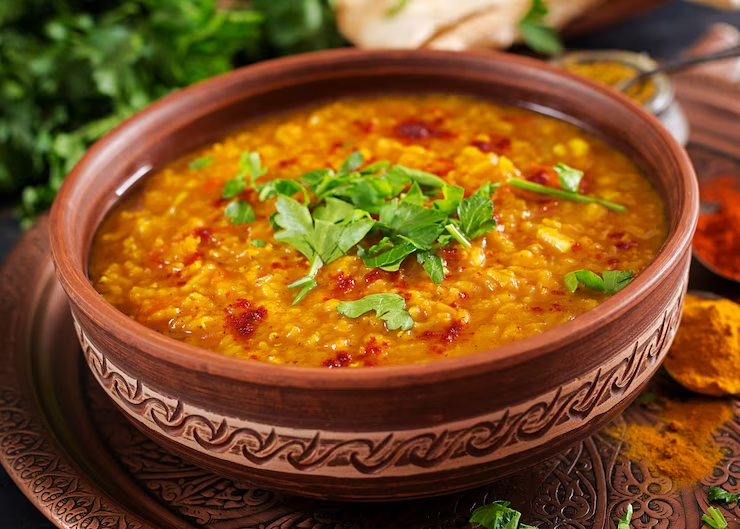
Ingredients:
1/2 cup moong dal
1/2 cup rice
1 tbsp Himalayan ghee
1 tsp cumin seeds
1/2 inch ginger, grated
1 green chili, chopped
1 carrot, diced
1 potato, diced
Salt to taste
Fresh coriander leaves for garnish
Instructions:
Rinse moong dal and rice together under cold water. Soak for 30 minutes.
Heat Himalayan ghee in a pressure cooker. Add cumin seeds and let them splutter.
Add grated ginger and chopped green chili. Sauté for a minute.
Add diced carrot and potato. Cook for 2-3 minutes.
Drain soaked moong dal and rice. Add to the pressure cooker.
Add salt and water. Close the lid and cook for 3 whistles.
Once the pressure releases, open the cooker and garnish with fresh coriander leaves. Serve hot with a dollop of ghee.
Recipe4: Vegetable Stir-Fry with Himalayan Ghee
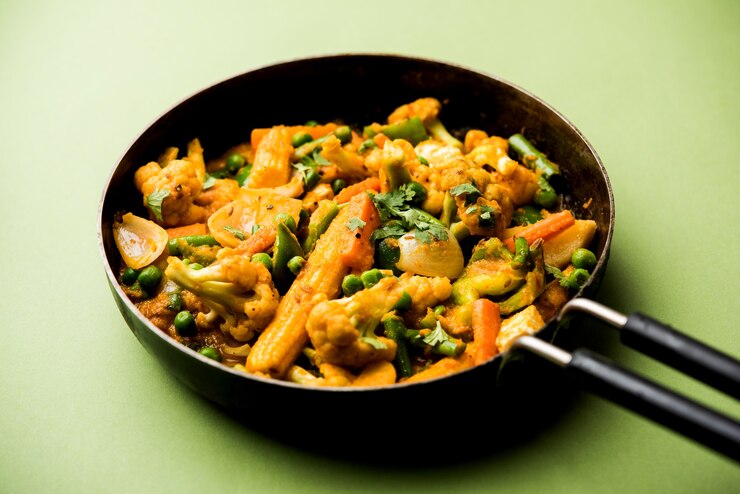
Ingredients:
1 tablespoon Himalayan ghee
1 cup mixed vegetables (such as bell peppers, carrots, broccoli, and green beans), chopped
1 onion, thinly sliced
2 cloves garlic, minced
1-inch piece of ginger, grated
1 green chili, chopped (optional)
1 teaspoon cumin seeds
1 teaspoon turmeric powder
1 teaspoon coriander powder
Salt to taste
Fresh cilantro leaves for garnish
Instructions:
Heat Himalayan ghee in a pan over medium heat.
Add cumin seeds and let them splutter.
Add chopped onions and sauté until they turn translucent.
Add minced garlic, grated ginger, and chopped green chili (if using). Sauté for another minute.
Add mixed vegetables to the pan and stir-fry for 5-7 minutes until they are tender yet crisp.
Sprinkle turmeric powder, coriander powder, and salt over the vegetables. Mix well to coat evenly.
Cook for an additional 2-3 minutes, allowing the flavors to blend.
Garnish with fresh cilantro leaves and serve hot.
This vegetable stir-fry with Himalayan ghee is not only low in calories but also packed with nutrients and flavor. Enjoy it as a healthy side dish or pair it with whole grain rice or roti for a wholesome meal.
Wide Range of Himalayan Ghee By Himalayan Natives
Himalayan Natives presents a rich assortment of Himalayan ghee products, meticulously crafted to provide unparalleled taste and nutrition.
Our range includes 100% natural ghee made from ethically sourced ingredients, free from preservatives. Sourced from the pristine Himalayas and lovingly prepared by our dedicated farmers, our ghee products are a testament to our commitment to quality and sustainability.
From classic Cow Ghee to specialized varieties like A2 Badri Cow Ghee and Organic Cow Bilona Ghee, each jar encapsulates the essence of Himalayan purity and goodness.
With Himalayan Natives, you can be assured of nothing but the finest ghee for your culinary endeavors.
Conclusion
Incorporating healthy Himalayan ghee into low-calorie recipes not only enhances their nutritional profile but also elevates their taste to new heights.
With the goodness of A2 Gir Cow Ghee sourced from the Himalayas by the diligent hands of Himalayan natives farmer community, you can indulge in flavorful dishes guilt-free. From wholesome vegetable quinoa pulao to indulgent paneer tikka masala and comforting moong dal khichdi, these recipes offer a tantalizing glimpse into the world of healthy and delicious Indian cuisine.
As you embark on your culinary journey with Himalayan Natives, rest assured that each spoonful of ghee contributes to your well-being while supporting sustainable practices and ethical sourcing. So, take a leap into the realm of low-calorie delights and savor the goodness of Himalayan ghee with every bite. With Himalayan Natives by your side, culinary bliss awaits!
Whether you're a seasoned chef or an amateur enthusiast, these recipes are bound to tantalize your taste buds while keeping your health goals in check. So, gather your ingredients, don your apron, and let the magic of Himalayan ghee transform your culinary creations into culinary masterpieces. Happy cooking!
For more exciting and super easy health tips, check out our Facebook and Instagram, we share those daily.
Frequently Asked Questions (FAQs):
1. Do I have to follow a specific diet trend to be healthy?
Answer: No, there's no one-size-fits-all approach. Healthy eating involves a balanced and individualized diet, not necessarily conforming to popular diet trends.
2. Can I only find healthy food in specialty stores?
Answer: No, you can find nutritious options in regular grocery stores. Focus on whole, unprocessed foods like fruits, vegetables, lean proteins, and whole grains available in most supermarkets.
3. Is it necessary to count calories for a healthy diet?
Answer: Not necessarily. While calorie awareness is useful, focusing on nutrient-dense foods and mindful eating is more important for overall health.
4. Are all organic foods healthier than non-organic alternatives?
Answer: Not necessarily. While organic foods can reduce exposure to pesticides, choosing a variety of fruits and vegetables, whether organic or not, is more important than fixating solely on the organic label.
5. Can I achieve a healthy lifestyle without exercising regularly?
Answer: Regular exercise is beneficial for overall health, but a healthy diet is a crucial component. While you can improve your health with proper nutrition alone, combining it with regular physical activity provides more comprehensive well-being benefits.
 HELPFUL1 people found it helpful
HELPFUL1 people found it helpful
Related Blogs
Subscribe to Our Blogs
and never miss on the latest update!







